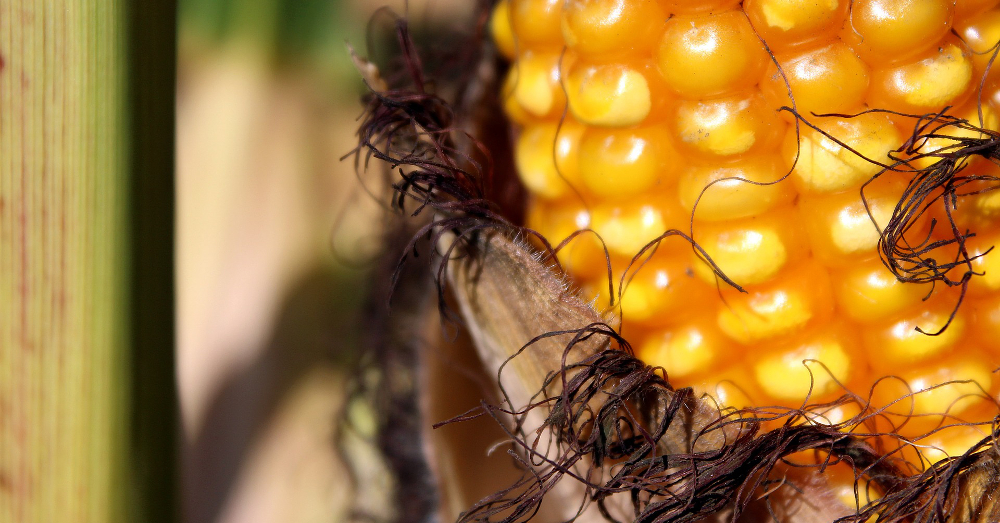
The GMO Agenda Takes a Menacing Leap Forward with EPA’s Silent Approval of Monsanto/Dow’s RNAi Corn
Without much more than a whisper from the mainstream media, Monsanto’s newest Frankenfood has received full EPA approval and will be arriving on dinner plates by the end of the decade. The implications of this are harrowing, to say the least.
July 10, 2017 | Source: GreenMedInfo | by Sayer Ji
Without much more than a whisper from the mainstream media, Monsanto’s newest Frankenfood has received full EPA approval and will be arriving on dinner plates by the end of the decade. The implications of this are harrowing, to say the least.
While you may not have made up your mind on the dangers of GMOs, you likely feel entitled to know when you’re consuming a food that is the product of laboratory research. For this reason, I am reporting on Monsanto’s latest food technology, unfortunately, already in the pipeline. And quite silently so. I write this with a certain degree of solemnity, if not also a tinge of regret, because, for three years, I have heard rumblings of Monsanto’s next project – RNA interference technology. It was actually the late Heidi Stevenson, my friend, colleague, and founder of the platform Gaia Health, who first alerted me to the dangers of RNA interference-based tinkering with our food supply when she reported on the near disastrous approval of GMO wheat using RNA interference technology in Australia. Thankfully a few brave scientists and informed public stood up and, together, averted the disaster. But since then, both the dangers and the breakneck speed of development of this technology have gone largely ignored, even among activists deep in the non-GMO movement. In order to truly appreciate the gravity of the situation, and why the EPA’s approval of RNAi corn intended for human consumption, is so concerning, it will first require a little background information on the fascinating topic of non-coding small RNAs, and their formidable relevance to our health.
How Non-Coding, Small RNAs Link Together The Entire Biosphere
One of the most important discoveries of our time is that all plants, including those we use for food and animal feed, contain a wide range of RNA molecules capable of inhibiting gene expression or translation. These non-coding RNA molecules neutralize targeted messenger RNA molecules (mRNAs), which prevents their translation into a protein, i.e. they “silence genes.”
Compelling research has surfaced suggesting that not only do these genome-regulating small RNA molecules exist in our foods, but that they are capable of surviving digestion, and being absorbed into our bodies fully intact where they alter, suppress or silence genes, post-transcriptionally. Moreover, some of these small RNAs — primarily microRNAs (miRNAs) and small interfering RNAs (siRNAs) — are believed to be cross-kingdom mediators of genetic information, making it possible for RNAs in one species impacting many others through both their active and passive exposure to them.
